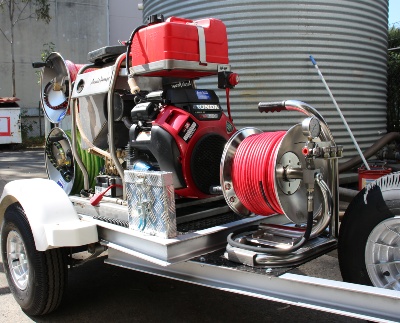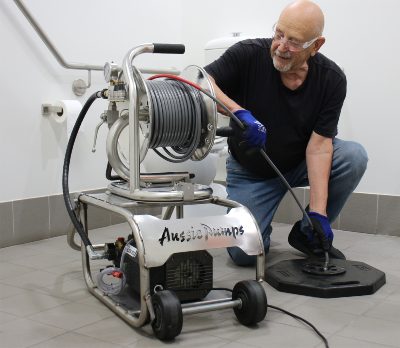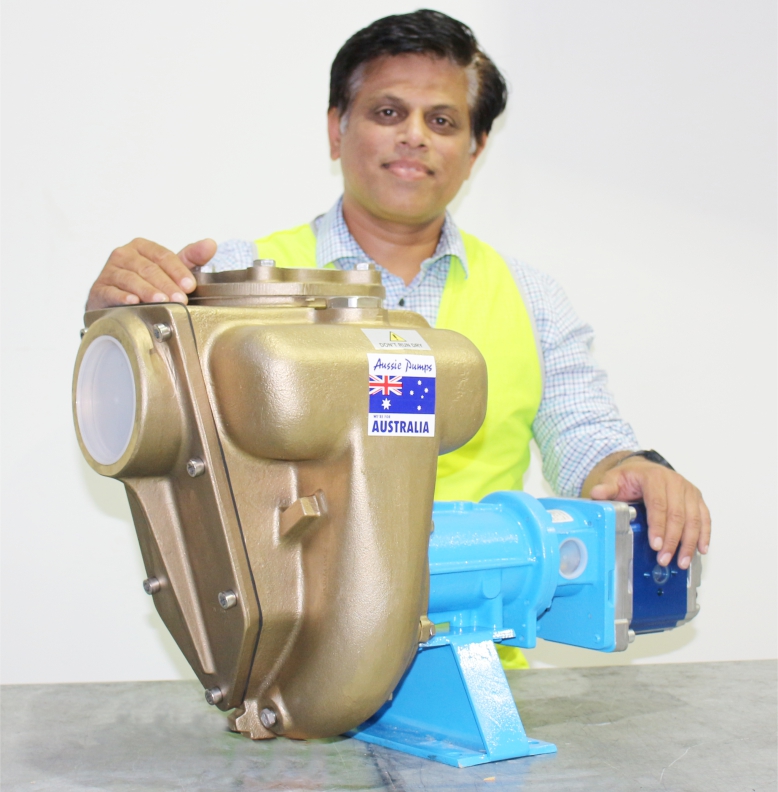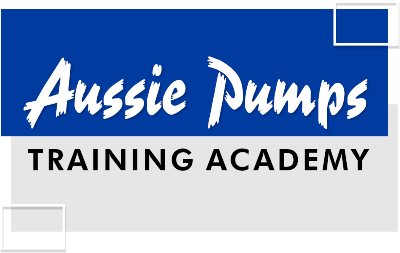Will They Reduce Pressure Washer Injuries?
Three years ago the Australian and New Zealand Standards Association introduced a new range of rules and guidelines for the safe use of high pressure water blasters. Faced with the dilemma of how to differentiate categories of machines, they chose a performance figure of “Bar Litres”.
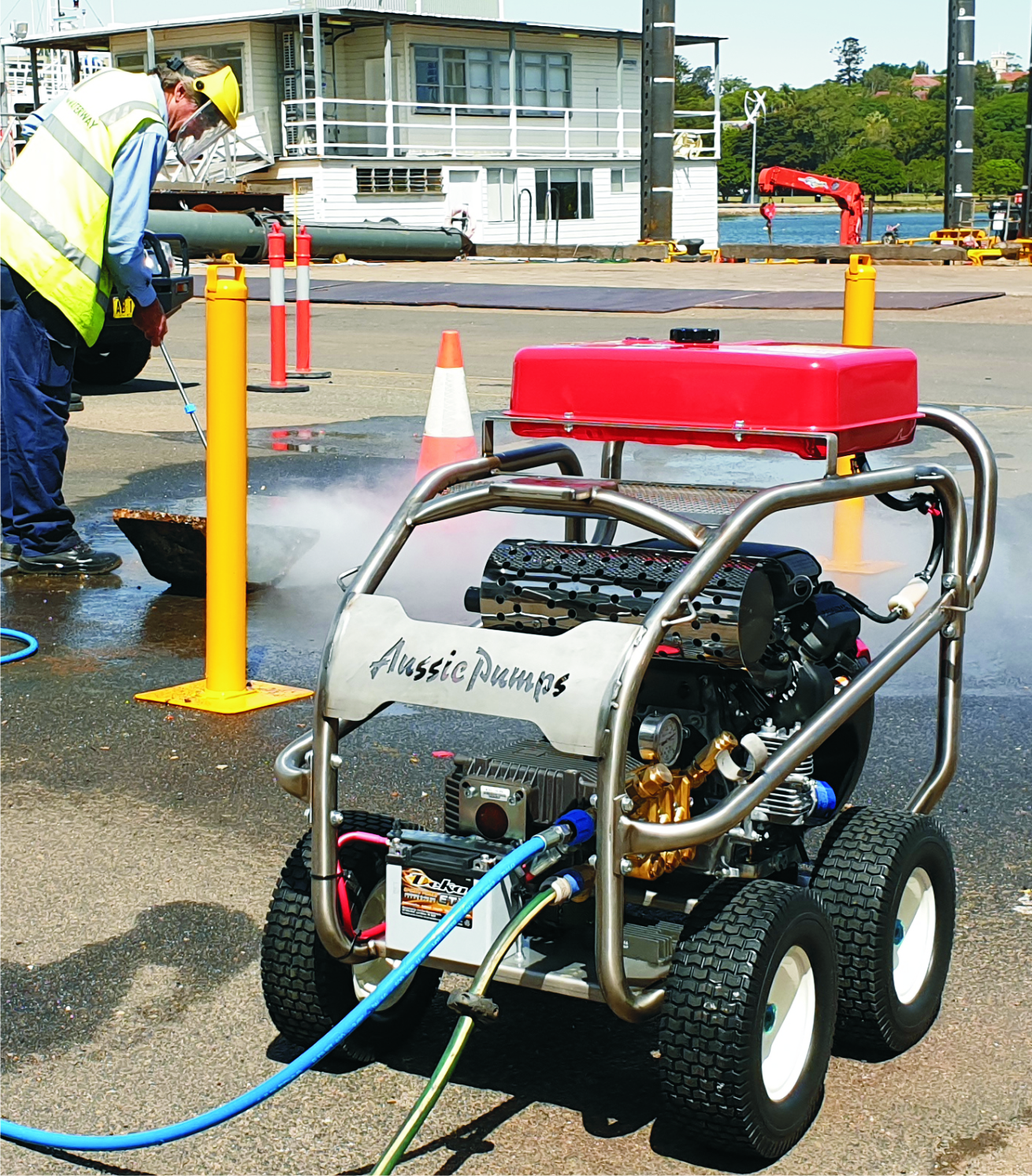
Thus, Class A machines with a rating of under 5,600 Bar Litres are considered relatively safe to use by uncertified operators, whilst bigger machines (anything bigger than 5,600 Bar Litres) are classified as Class B and require a much more stringent set of rules.
The 85 page document has the best of intentions and seeks to reduce injuries and/or save lives. Those of us in the industry think the threshold should have been raised higher for Class A units. Of course injuries can be occur with the misuse of machines even in the lower 2,000 and 3,000 psi range. 5,600 Bar Litres the translates to, for example, a 20 litre per minute 4,300 psi pump being a B Class machine but a 16 lpm, 5,000 psi machine being regulated to Class A. In other words, one is considered to require operator certification and the other not.
For Class B machines, the rules are onerous. Firstly, the Standards are not “advice” but mandatory. It is not against the law for an uncertified operator to use a Class B machine. If a representative from construction union catches him working without certification, he can be thrown off the site and the project closed down.
In the event that somebody is injured on the site, claims for damages and charges of negligence can be levelled against the operator.
CLASS B … MANDATORY CERTIFICATION
“This is serious stuff”, said Aussie Pumps’ Chief Engineer, John Hales. “At first, we thought the idea of Class B machine operators being certified by a registered training organisation was a big ask. There are only a few companies in the market to provide that training and they charge big bucks for certification.
The Certificate belongs to the operator, not the company that pays for it. If he leaves the company’s employ, the certification goes with him.
Lastly, certificates are only good for two years and after that the operator must go through the process again”.
The Standards state that there should be two operators per machine. One directing the gun and the other standing by the emergency stop. Will owner operators do that? It is hard to believe and yet, the Standards are mandatory.
CLASS A – TRAINED FOR SAFETY
For Class A operators, life is simple. Certification is not required but operators are required to get trained, obey the normal Standards of OH&S behaviour and of course show common sense. Safety clothing (PPE) is also a must under the new Standards and rightly so.
For further information on the AS/NZS safety standards for operators.. click here

